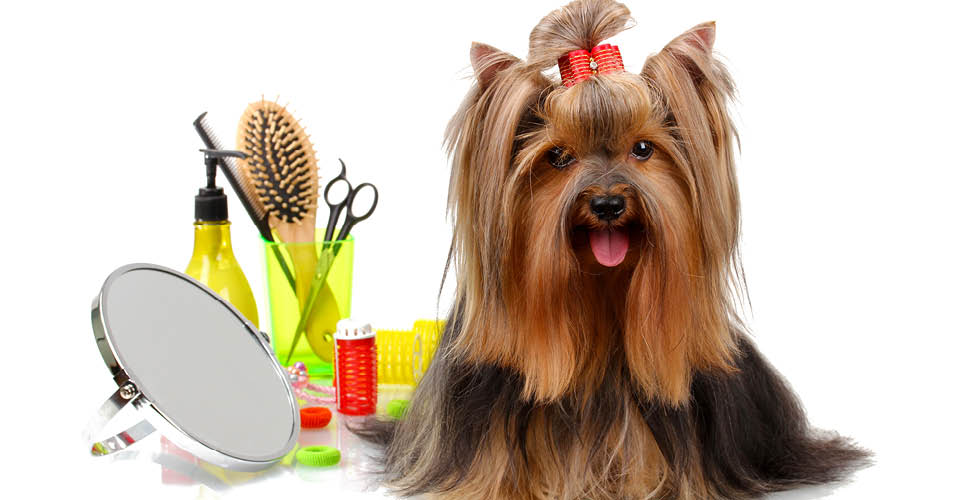Pet grooming is a blend of art and science that contributes significantly to a pet’s health and happiness. As a budding pet groomer, mastering the craft requires understanding the nuances of various breeds, tools, and techniques. This comprehensive guide delves into the essentials of pet grooming, covering everything from the right equipment to advanced grooming strategies. Get ready to embark on a journey that not only enhances your skills but also enriches the lives of pets and their owners.
Essential Grooming Tools: A Deeper Dive
The right tools are not just about effectiveness; they also ensure comfort and safety for the pets. Here’s an expanded list of tools:
- Different Types of Brushes: Understand the difference between slicker brushes, bristle brushes, and undercoat rakes. Each serves a unique purpose depending on the coat type.
- Variety of Combs: From wide-toothed combs for detangling to fine-toothed ones for finishing touches, each comb plays a vital role.
- Nail Clippers and Files: Learn the proper technique to trim nails without causing discomfort or injury.
- Grooming Tables and Restraints: Ensure the pet’s safety with stable grooming tables and comfortable restraints.
Advanced Grooming Techniques
With the right techniques, grooming becomes an enjoyable experience for both the pet and groomer:
- Bathing Techniques: Delve into methods like pre-bath brushing, proper lathering, and techniques for cleaning sensitive areas like ears and eyes.
- Hair Cutting and Styling: Explore breed-specific haircuts, the art of scissoring, and how to achieve a balanced look.
- Dealing with Different Coat Types: Learn how to handle challenging coat types, from thick double coats to curly poodles and smooth-coated breeds.
Safety Measures in Grooming: Beyond the Basics
Safety transcends basic measures, especially when dealing with different temperaments and sizes of pets:
- Handling Fearful or Aggressive Pets: Develop strategies for managing pets with behavioral challenges.
- First Aid Knowledge: Be prepared to handle minor injuries to the pet or yourself, and know when to seek veterinary assistance.
- Maintaining a Hygienic Environment: Understand the importance of cleanliness in preventing the spread of diseases.
Understanding Pet Behavior: The Key to Successful Grooming
Recognizing and responding to pet behavior is as crucial as the grooming itself:
- Behavioral Cues: Learn to interpret different behavioral cues, such as anxiety or aggression, and adapt your approach accordingly.
- Building Trust with Pets: Discover techniques to gain the trust of pets, making repeated grooming sessions smoother.
- Calming Techniques: Use calming techniques like gentle voice, treats, and breaks to make grooming a stress-free experience.
The Business of Grooming: Tips for Success
As a new groomer, understanding the business aspect is essential:
- Client Relations: Learn how to communicate effectively with pet owners, providing them with updates and grooming advice.
- Time Management: Develop skills to manage your schedule efficiently, balancing quality with productivity.
- Continual Education: Stay updated with the latest grooming trends, tools, and techniques.
Embarking on a pet grooming career is a journey of continuous learning and adaptation. With each pet, you’ll not only enhance your grooming skills but also contribute to their well-being and happiness. Embrace the challenges and joys that come with pet grooming, and you’ll find it a rewarding and fulfilling profession.


